Prong collars are a type of training collar used to teach good manners and behavior to dogs. They are also known as ‘pinch collars’ as well.
It has been a controversial type of collar in the past, particularly by dog owners, thinking they are cruel and painful for their dog. However, they are very popular with dog trainers worldwide for all dogs – big and small!
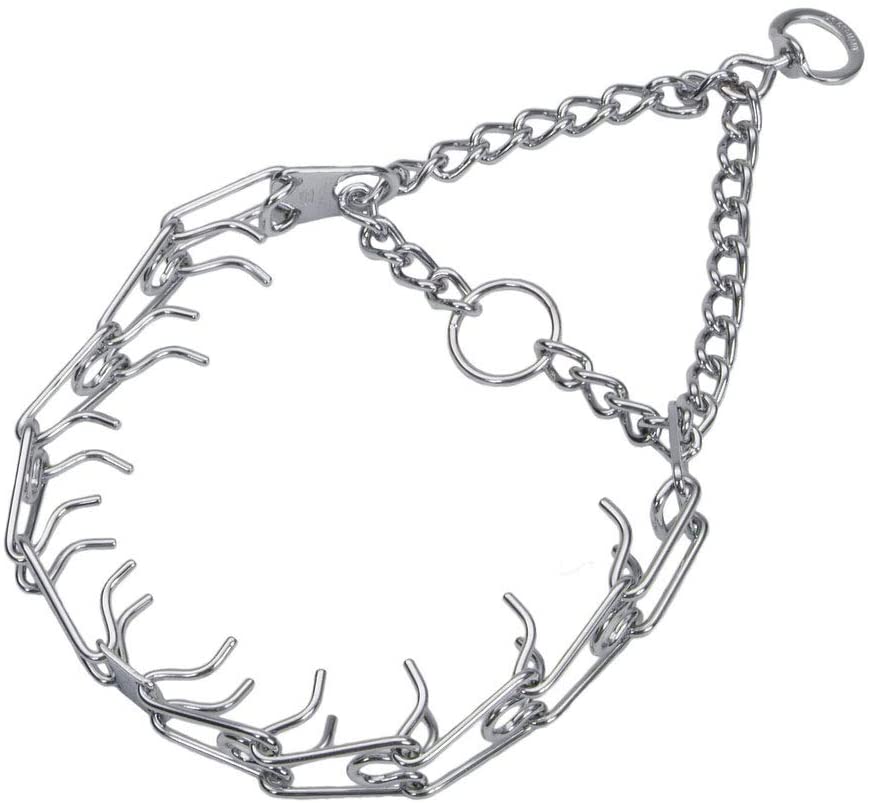
Herm SPRENGER Ultra-Plus Prong Dog Training Collar
Our Recommended Prong Collar
The Herm Sprenger training collar is the design all other prong collars copy. It’s made in Germany, reasonably priced, and sizing is as easy as picking the maximum size you think you need and adjusting the links from there.
Some newer models feature padding or a quick-release, but we like the classic functionality of this collar and it will never rust, break, or wear out.
Are Prong Collars Safe For My Dog?
When fitted and used correctly, the prong collar is absolutely safe and extremely effective to use on your dog. It can in fact be safer than other collars (eg. a choke collar, flat collar) as it can actually protect the dog from any trachea damage caused by the dog pulling on the leash or an inexperienced dog handler.
The common misconception is that the collar pinches the dog’s skin, causing pain. However, this is not the case, as it instead applies pressure all around the dog’s neck when a correction is given.
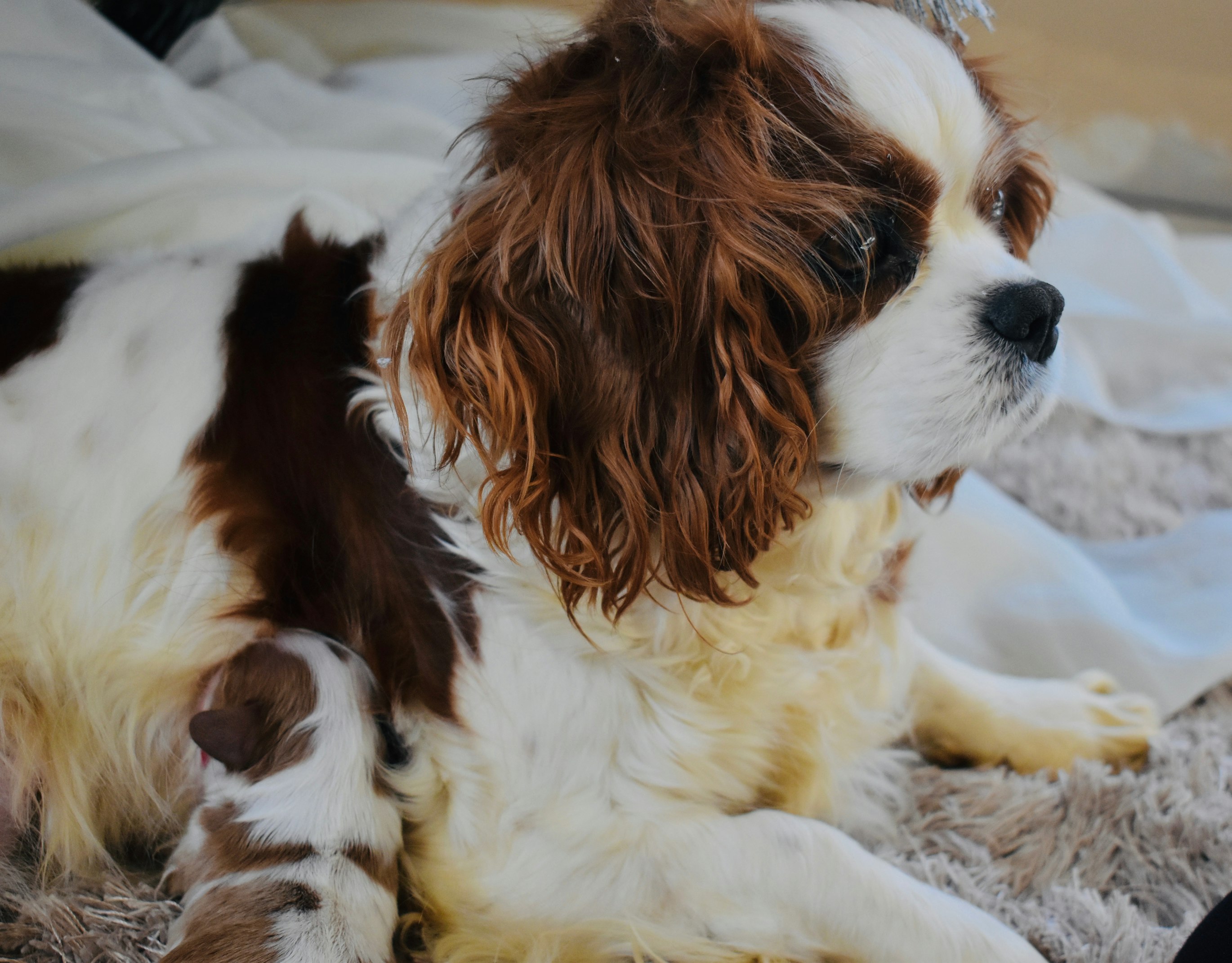
How a Prong Collar Works
Firstly, we need to understand the behavior and actions of a puppy’s mother when her puppies are just a few weeks old.
When the puppy does something unacceptable in her eyes, the mother will physically bite her puppy on the back of their neck and may even pick them up this way to put them in their place! Their puppy may cry a little bit, but no lasting harm has been inflicted at all.
The prong collar is meant to mimic this sensation when the mother bites their puppy. However, as humans, we can control the amount of force being used, as it is designed to distribute an equal amount of pressure around the dog’s neck.

How To Put The Collar On Your Dog
It’s important to familiarize your dog with their new collar in a positive environment. Use lots of treats to encourage them to sniff it and see it as a positive new object.
Do not just put the collar on them as soon as you receive it, as this may scare them and make them fear it.
Instructions:
- Unhook a link of the collar to open it. You will need to firmly pinch one side of the link in order to enable it to slip out one of the other link.
- Place collar around the dog’s neck, below their ears and under their jaw.
- Connect the links of the collar together around the neck

The Correct Placement Of The Collar
- The collar should sit just below the ears and under the jawline.
- The rings for the leash to attach should be positioned behind the dog’s neck, not under their chin. See picture below:

- If the rings are sitting below the chin (see picture below), adjust the collar accordingly.

REMINDERS
- Do not slide the collar on dog with links already connected
- Never leave a dog unattended with a prong collar on. The prongs can get caught on objects and if the dog pulls, it could be life threatening.
The Incorrect Placement Of The Collar
- A common mistake is having too many links on the collar, making it too loose for the dog.
- If there are too many links, this will create a pressure point at the front of the dog’s neck – their most vulnerable area.
- The collar should not be able to slip over dog’s head.



Where to attach the leash
There are 2 rings on the prong collar – the Dead (D) ring and the Live (O) ring.
Your leash should attach to the ‘D’ ring as this gives the dog some slack when they pull ahead:

If your dog is not responding well to you with the leash attached to just the D ring, you can attach the leash to both rings as this will have less slack when the dog pulls:

How To Take The Collar Off My Dog
- Simply unlink one of the links using the pinch method like before
- Safely remove the collar from your dog’s neck

Finding The Perfect Fit For Your Dog
- You need to know how much your dog weighs before purchasing as the collars are made by weight distribution
- When the collar sits on your dog, the collar must be snug around the neck
Comfort Tip:
Use prong collars with metal tipped prongs as these move smoothly through your dog’s hair.
Avoid prong collars with rubber tipped prongs as they can rub against the hair, causing discomfort for the dog.
How to re-size the collar
- You will need to either add or remove links according to the size of your dog.
- You will need to pinch the link quite firmly in order to unlink them.


How Do I Train My Dog With The Collar?
In order for the prong collar to be effective for you and your dog, you must be consistent when using it!
- Keep your dog by your side while walking by holding the leash close to them and your body.
- While walking, give your dog less slack in the leash in order for you to control them with minimal movement of your arm. Make sure you are not holding a constantly tight leash however.
- Allow your dog to walk about a foot forward and when they make the leash tight, stop walking and gently tug the leash quickly backwards to encourage your dog to stop walking and take a ‘sit’ position.
- When the leash is loose, you can resume walking.

The gentle ‘tug’ correction is also known as the ‘pressure and release’ technique, and when the collar is fitted correctly, the pressure is distributed evenly around the dog’s neck.
Eventually, your dog will realize that when they pull in front of you, it means they will stop walking and have to ‘sit’ instead.
With lots of practice wearing the prong collar and you giving the necessary corrections, your pup will have a clear understanding of what you expect from them as their leader.
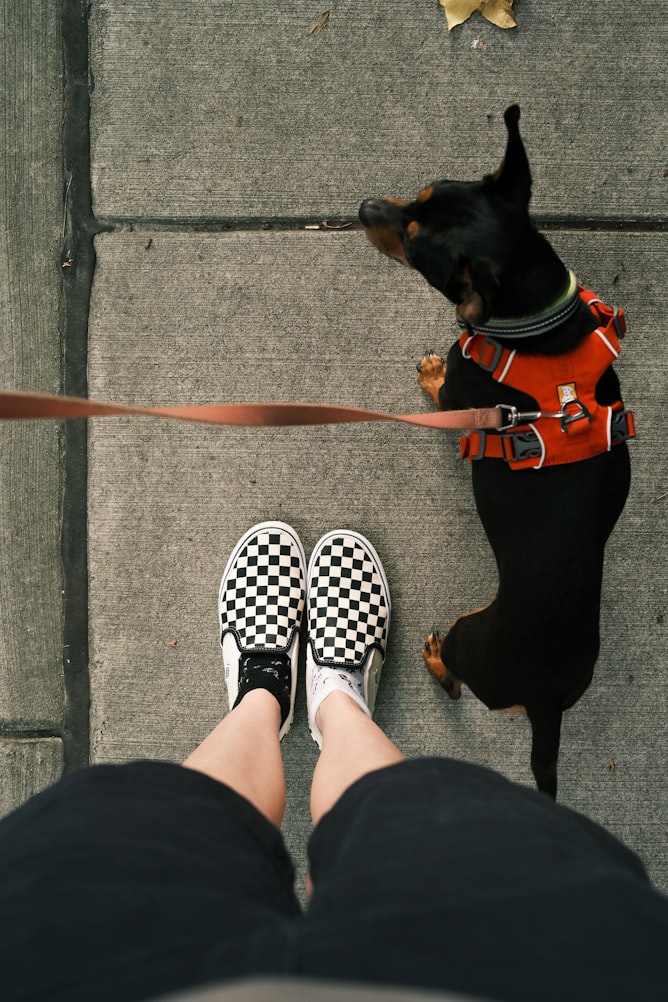
You need to be their leader
Dog’s crave leadership, and if you do not show and enforce this, they will become your leader (on your walk and in your home)!
Whilst on a walk with your dog, try to display calmness, confidence, and be fair towards them.
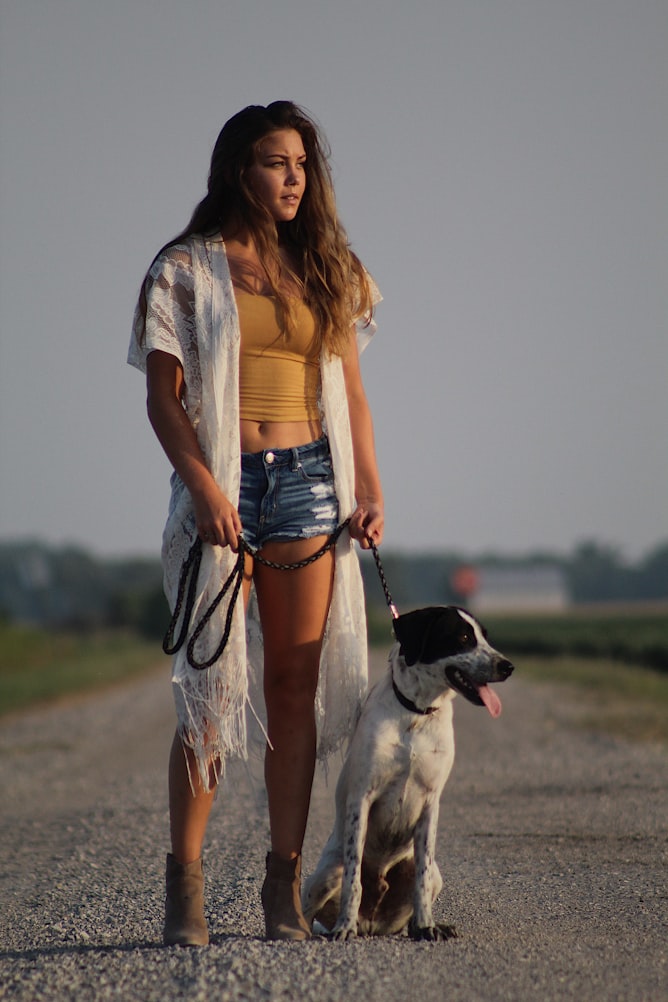
Some Helpful Walking Techniques and Tips
- You must be the one in control while walking
- Your dog should walk by your side, not out in front of you
- Use TWO hands to hold the leash – one hand should hold the handle and the other holding the leash close to your dog by your side
- For their safety, your dog should not have ‘free reign’ while on a walk as this could lead to them picking up trash off the street and eating dangerous items without you noticing!
- They should never be allowed to tug on the collar/harness and pull you down the street, regardless of their size and strength!

Why Should I Use a Prong Collar?
Training with a prong collar will establish rules and boundaries for your dog, which they need and crave. They will help you become in control of your dog, not the other way round!
You and your dog will gain each other’s trust, which will lead to you being able to bring your dog anywhere – a win for everyone! Your dog will ultimately enjoy their life more because there will be set rules and they will know what the limits are 🙂

What Behavioral Problems Can It Help With?
Prong collars are able to help with a variety of behavioral problems for your dog. Eventually, your dog can become more balanced and confident from being trained with a prong collar as there will not be any mixed signals from you.
Using the proper corrections on leash, the prong collar can help with your dog from:
- Pulling their walker down the street
- Lunging at people and other dogs passing by
- Deterring your dog from distractions while on a walk. Eg. squirrel and bird watching, chasing leaves, picking up and eating trash
- Over-excitement
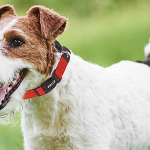
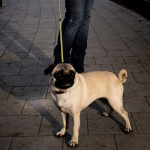
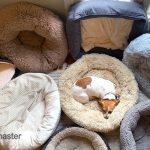

Leave a Reply